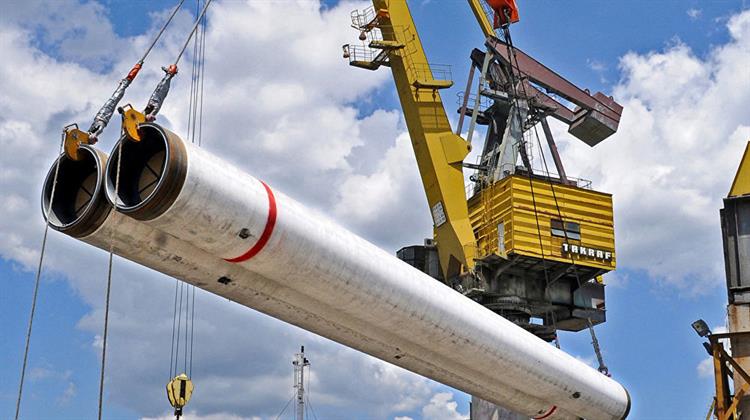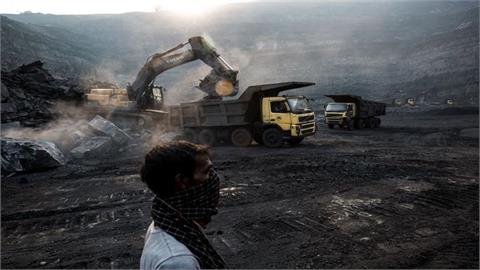The Power of Siberia gas pipeline is scheduled to start on December 20, 2019, transporting gas supplies to China from the Russian Far East but prospects of a project for gas supplies via the so-called western route are also being considered, Russian gas monopoly Gazprom said
The Power of Siberia gas pipeline is scheduled to start on December 20, 2019, transporting gas supplies to China from the Russian Far East but prospects of a project for gas supplies via the so-called western route are also being considered, Russian gas monopoly Gazprom said.
Gazprom CEO Alexey Miller and China National Petroleum Corporation (CNPC) Chairman Wang Yilin discussed the current status of the talks on the project for gas supplies to China from the Russian Far East, as well as the prospects of the project for gas supplies via the western route at 4th Eastern Economic Forum in Vladivostok, the Russian gas company said. Russian President Vladimir Putin met his Chinese counterpart, Xi Jinping, on September 11 in Vladivostok.
According to Gazprom, Miller informed Wang that 93% (over 2,010 kilometres) of Power of Siberia’s linear part stretching from the Chayandinskoye field to the border with China had already been welded and laid, while the submerged crossing under the Amur River at the cross-border section of the gas pipeline was nearly complete. The Chinese party informed of the progress with laying the gas pipeline across its territory, Gazprom said in a press release.
Gazprom and CNPC also touched upon the joint efforts in gas-fired power generation, underground gas storage and wider use of gas as a vehicle fuel. Meanwhile, Reuters quoted Russian Energy Minister Alexander Novak as telling the conference in Vladivostok that during the talks with Xi, the Chinese President set the task of concluding the agreement of a contract on gas supplies via the western route in the nearest future. "All the technical conditions have been agreed,” Novak said.
Talks on the proposed western route have been on and off over the last few years, Alexei Kokin, a senior oil and gas analyst at UralSib Financial Corp in Moscow, told New Europe by phone on September 14. "It’s another try at the old project – the so-called western route – it was more or less shelved when the Power of Siberia was signed.” The idea was that Gazprom could supply China using Gazprom’s existing production base in Western Siberia. The pipeline would go across the Altai Mountains into the northwest part of China, Kokin said.
The Russian expert noted, however, that while the Power of Siberia would tap into new fields and therefore would not affect Gazprom’s supplies to Europe, the western route to China could jeopardize Russian gas supplies to Europe.
Asked if the EU should worry, Kokin told New Europe that the important difference is that the Power of Siberia runs from two major fields in Eastern Siberia that will be starting to produce and they will be only connected to China. "But the western route is a different business because it would rely on the existing base in Yamal, in the northwestern Siberia, the same base that is now serving Europe so potentially that could be sort of establishing indirect competition between Europe and China,” he said.
"Looking back, there was a kind of framework agreement back in 2015, I think, about the western route, but it did not work because apparently there were other projects and China had other ideas,” Kokin said, explaining that Beijing had its eyes set on Central Asia’s Uzbekistan, Turkmenistan and Kazakhstan. "Obviously Turkmenistan is rich in gas and Uzbekistan is moderately rich but these were the kind of preferred suppliers but apparently Russia is now also in this game,” he said.




